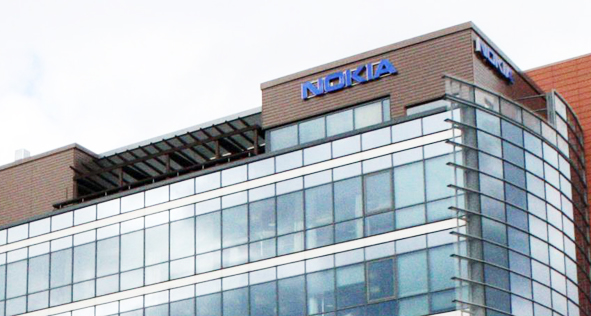Nokia adds 5G to Wing IoT service
- March 18, 2020
- imc

Nokia is upgrading its Worldwide IoT Network Grid (Wing) managed service with 5G and edge capabilities. The upgrade facilitates operators in offering 5G IoT services without having to invest in global infrastructure.
Wing helps operators capture early IoT market share without having to make investments in infrastructure thanks to the pay-as-you-go business model that allows the scaling of 5G IoT services faster and cost-effectively. With Wing innovations, operators can serve their enterprise customers providing 5G IoT services with low latency, high security and enhanced throughput.
Operators will be able to leverage new business models and tap into industries such as connected cars, critical public services, and real-time industrial monitoring and control, as well as remote healthcare. Many of these use cases will place unprecedented demands on latency, the volume and velocity of data and security. Wing is architected from the ground up to meet these stringent requirements, leveraging a distributed, flexible architecture that allows a seamless upgrade to 5G.
To ease this transition, Nokia has invested in a 5G Wing lab in Dallas, Texas, to which operators around the globe can connect and begin testing 5G IoT use cases.
“The innovative Nokia Wing infrastructure offers superior IoT service experience through global network presence, unified orchestration and consistent service level agreements to operators’ enterprise customers,” said Ankur Bhan, head of the Wing business at Nokia. “We have now upgraded Wing’s global architecture to 5G to further help operators to monetise IoT opportunities faster and cost-effectively in the 5G era. We are actively working with operators, who have a global enterprise customer base and need to address their increasing needs for secure, low-latency IoT use cases across geographical borders.”
As part of the 5G introduction, Wing allows the user plane functions to be separated and extended to the far network edge or to enterprise premises, ensuring low latency. In parallel, this distributed Wing infrastructure can be enhanced with multi-access edge computing (MEC) technology, improving the ability to support compute-intensive IoT services such as AR and VR maintenance, and cellular vehicle-to-everything (C-V2X) use cases.
To realise the potential of these diverse use cases, network slicing can be introduced via Wing’s cloud native architecture.
“5G holds great promise but the cost and complexity of building a dedicated, global 5G infrastructure to support IoT services is a major obstacle for CSPs,” said Brian Partridge, vice president at 451 Research. “The features and performance of 5G can help digitally transform industries like transportation, healthcare and manufacturing over the next several years and CSPs are eager to establish new value chain positions in these markets. We expect such managed services that demonstrate success in accelerating the time-to-value or de-risking 5G investment for both enterprises and CSPs will generate strong demand.”




